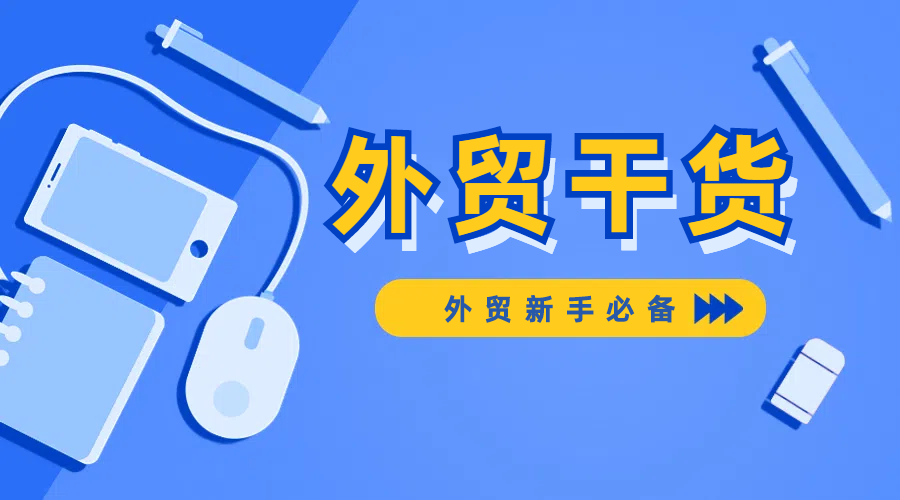 400-076-6558智领未来,外贸超级营销员
400-076-6558智领未来,外贸超级营销员
 400-076-6558智领未来,外贸超级营销员
400-076-6558智领未来,外贸超级营销员

As global trade continues to evolve, the off-peak season for international trade presents both challenges and opportunities. While many businesses may see a decline in order volume, this period offers a unique chance to strategically expand into emerging markets, refine marketing strategies, and build long-term customer relationships. By leveraging data-driven insights and adopting a targeted approach, B2B exporters can turn this phase into a competitive advantage.
The off-peak season typically occurs during periods of lower demand, such as after major holidays or before new product launches. According to recent data from the World Trade Organization (WTO), global trade volumes saw a 2.3% decline in Q2 2024 compared to the same period in 2023. However, this does not mean that all markets are equally affected. Emerging economies such as Vietnam, Indonesia, and India have shown resilience, with import growth rates exceeding 7% in the same quarter.
These regions represent untapped potential for B2B exporters who are willing to adapt their strategies. By focusing on these areas, companies can gain early market entry, reduce competition, and build brand recognition before the peak season arrives.

One of the most effective ways to succeed in the off-peak season is by developing a clear and accurate customer persona. This involves analyzing the purchasing behavior, needs, and decision-making process of potential buyers in emerging markets.
According to a 2024 survey by the International Chamber of Commerce (ICC), 78% of procurement managers in Southeast Asia prioritize cost-effectiveness, while 65% emphasize product quality and reliability. By aligning your offerings with these core decision points, you can create more compelling value propositions.
Additionally, using data analytics tools to segment your audience based on industry, size, and location allows for more personalized outreach. For example, targeting small-to-medium enterprises (SMEs) in the manufacturing sector in Indonesia with tailored messaging can significantly improve conversion rates.
In an environment where buyer attention is limited, the way you present your products becomes critical. A comprehensive product description should include technical specifications, usage scenarios, and competitive differentiators. It’s also essential to highlight certifications, sustainability efforts, and after-sales support—key factors that influence purchase decisions in emerging markets.
For instance, a Chinese manufacturer of industrial components increased its lead generation by 40% after optimizing its product pages with detailed images, downloadable brochures, and case studies. These elements help build trust and reduce buyer hesitation.
While paid advertising can be expensive, there are numerous free and low-cost channels that can drive traffic and generate leads. Social media platforms like LinkedIn, Facebook, and WeChat offer powerful tools for B2B marketing. Email campaigns, content marketing, and SEO optimization are also highly effective when executed correctly.
Consider creating a blog or video series that addresses common pain points faced by buyers in your target region. This not only improves search visibility but also positions your brand as an industry thought leader. A case study from a U.S.-based supplier showed that publishing monthly webinars on supply chain management led to a 30% increase in qualified leads.

Once you’ve generated interest, maintaining consistent communication is key to converting leads into customers. A well-structured follow-up plan includes initial contact, product demonstration, and post-sale support. Tools like CRM systems and automation software can streamline this process, ensuring no opportunity is missed.
One successful strategy involves sending personalized follow-up emails within 24 hours of a lead’s first inquiry. These messages should include additional information, testimonials, and a clear call to action. In a recent example, a European exporter used this method to close a $250,000 order from a client in Brazil.
Several companies have successfully navigated the off-peak season by implementing strategic market development plans. For instance, a Thai-based electronics supplier expanded its presence in the Middle East by focusing on digital marketing and localized product packaging. Within six months, they secured contracts with three major distributors and achieved a 50% increase in revenue.
Another example comes from a South Korean manufacturer that entered the Nigerian market through a partnership with a local logistics provider. By offering flexible payment terms and on-site training, they built strong relationships with clients and became a preferred supplier in the region.
Building a strong brand identity is crucial for long-term success. This involves consistent messaging across all channels, high-quality visuals, and a commitment to customer satisfaction. A well-designed website, engaging social media content, and regular customer feedback loops all contribute to a positive brand image.
Moreover, participating in online trade fairs, webinars, and industry forums can help establish your company as a reliable and knowledgeable partner. These activities not only increase visibility but also provide valuable networking opportunities.
As you implement these strategies, it’s important to guide your audience toward the next step. Whether it’s scheduling a consultation, downloading a resource, or signing up for a newsletter, a clear and compelling call to action (CTA) can significantly boost engagement.
By leveraging the insights and tactics outlined in this article, you can transform the off-peak season into a period of growth and expansion. Take the first step today and explore how our platform can help you achieve your business goals.
Start Your Strategic Expansion Today.png?x-oss-process=image/resize,h_100,m_lfit/format,webp)
.png?x-oss-process=image/resize,h_100,m_lfit/format,webp)

.png?x-oss-process=image/resize,h_100,m_lfit/format,webp)
.png?x-oss-process=image/resize,h_100,m_lfit/format,webp)
.png?x-oss-process=image/resize,h_100,m_lfit/format,webp)
.png?x-oss-process=image/resize,h_100,m_lfit/format,webp)
